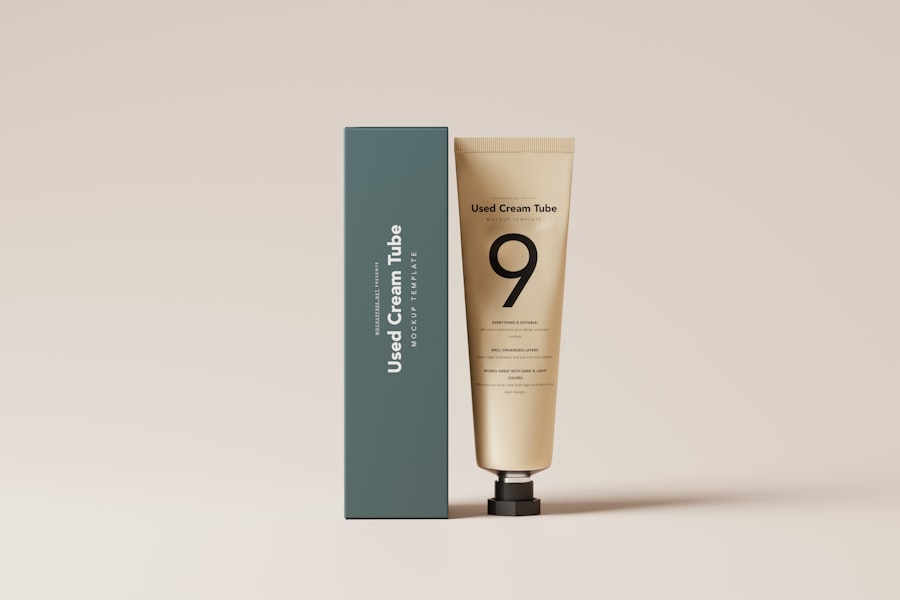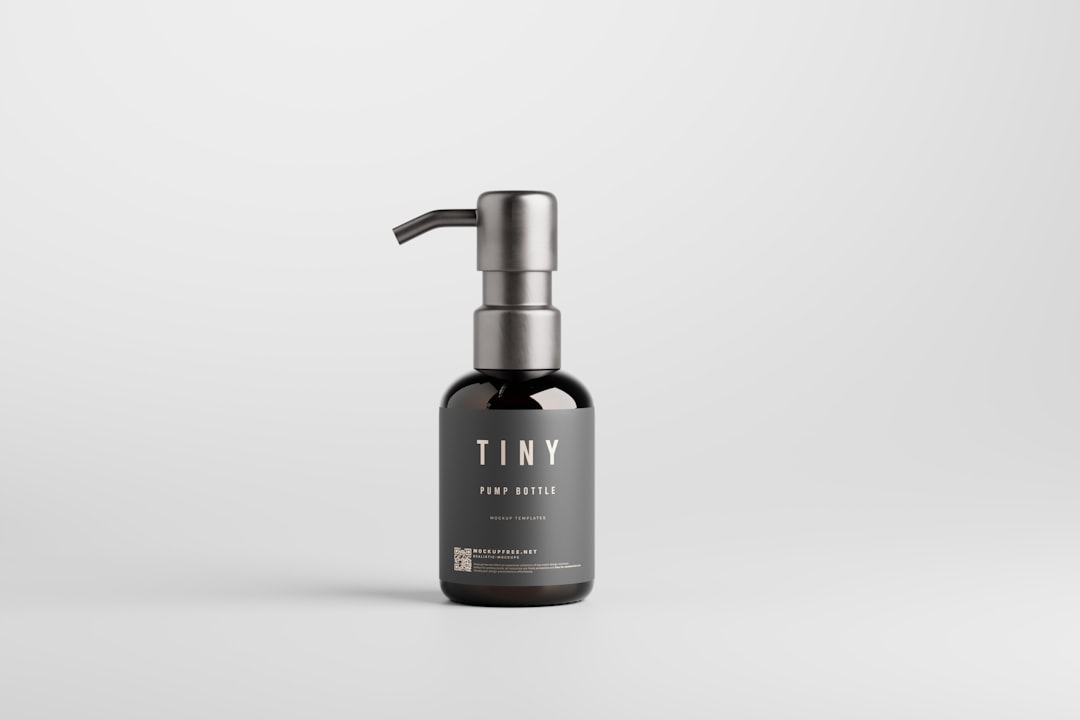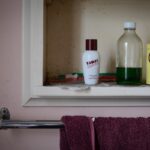After undergoing laser hair removal, you may find yourself feeling excited about the prospect of smooth, hair-free skin. However, it’s crucial to recognize that the care you provide your skin in the days and weeks following the procedure can significantly impact your results. Post-laser hair removal care is not just an afterthought; it is an essential part of the process that can enhance your comfort and ensure the effectiveness of the treatment.
By understanding the importance of this care, you can take proactive steps to protect your skin and maximize the benefits of your investment. The laser hair removal process involves using concentrated light to target hair follicles, which can leave your skin sensitive and vulnerable. This sensitivity means that your skin requires special attention to heal properly.
Neglecting post-care can lead to complications such as irritation, pigmentation changes, or even infection. Therefore, it’s vital to follow a structured aftercare routine that addresses these concerns. By doing so, you not only promote healing but also set the stage for long-lasting results that keep you feeling confident in your skin.
Key Takeaways
- Proper post-laser hair removal care is essential for achieving optimal results and preventing complications.
- Managing discomfort and side effects, such as redness and swelling, is important for a smooth recovery after laser hair removal.
- Protecting your skin from sun exposure is crucial to avoid hyperpigmentation and other skin damage post-treatment.
- Keeping the treated area clean and hydrated helps to promote healing and prevent infection after laser hair removal.
- Avoiding certain activities and products, such as hot showers and perfumed lotions, is necessary to prevent irritation and complications after laser hair removal.
Managing Discomfort and Side Effects After Laser Hair Removal
Experiencing discomfort after laser hair removal is common, and knowing how to manage it can make a significant difference in your recovery. You might notice redness, swelling, or a sensation similar to sunburn in the treated areas. These side effects are typically temporary and should subside within a few hours to a few days.
To alleviate discomfort, consider applying a cool compress to the affected areas. This simple method can help reduce inflammation and soothe your skin, making you feel more comfortable as you heal. In addition to cool compresses, over-the-counter pain relief medications can be beneficial if you find yourself experiencing significant discomfort.
However, it’s essential to consult with your dermatologist or laser technician before taking any medication to ensure it’s appropriate for your situation. Staying hydrated and avoiding tight clothing on the treated areas can also contribute to your overall comfort during this healing phase.
Protecting Your Skin from Sun Exposure

One of the most critical aspects of post-laser hair removal care is protecting your skin from sun exposure. After treatment, your skin is particularly sensitive and more susceptible to sunburn and pigmentation changes. It’s essential to avoid direct sunlight for at least two weeks following your procedure.
If you must be outdoors, wearing protective clothing and seeking shade can help shield your skin from harmful UV rays. In addition to physical barriers, applying a broad-spectrum sunscreen with an SPF of 30 or higher is crucial. Sunscreen should be applied generously to all exposed areas, including those that have been treated with laser hair removal.
Reapplying every two hours, especially if you’re sweating or swimming, will provide added protection. By taking these precautions, you can prevent complications such as hyperpigmentation and ensure that your skin heals beautifully.
Keeping the Treated Area Clean and Hydrated
| Metrics | Results |
|---|---|
| Number of times area cleaned per day | 3 times |
| Hydration level of treated area | Well-hydrated |
| Use of moisturizing products | Twice a day |
| Improvement in skin condition | Visible improvement |
Maintaining cleanliness in the treated area is vital for preventing infections and promoting healing after laser hair removal. You should gently cleanse the area with a mild, fragrance-free soap and lukewarm water. Avoid scrubbing or using harsh exfoliants, as these can irritate your sensitive skin.
Patting the area dry with a clean towel is recommended; rubbing can cause further irritation. Hydration is equally important in your post-care routine. Keeping the treated area moisturized helps maintain skin elasticity and prevents dryness or flakiness.
Opt for a gentle, hypoallergenic moisturizer that won’t clog pores or irritate your skin. Applying moisturizer regularly will not only soothe any discomfort but also support the healing process by creating a protective barrier against environmental factors.
Avoiding Certain Activities and Products After Laser Hair Removal
In the days following your laser hair removal session, it’s wise to avoid specific activities that could compromise your skin’s healing process. High-intensity workouts or activities that cause excessive sweating should be postponed for at least 24-48 hours after treatment. Sweat can irritate the treated area and increase the risk of infection, so giving your body time to recover is essential.
Additionally, certain products should be avoided during this period. Harsh skincare ingredients like retinoids, alpha hydroxy acids (AHAs), and beta hydroxy acids (BHAs) can irritate sensitive skin post-treatment. It’s best to stick with gentle, soothing products until your skin has fully healed.
By being mindful of both activities and products during this time, you can help ensure a smoother recovery and better results from your laser hair removal.
Monitoring Your Skin for Any Unusual Reactions

Monitoring for Adverse Reactions
As you navigate through the post-laser hair removal phase, keeping an eye on your skin for any unusual reactions is crucial. While some redness and swelling are expected, any persistent or worsening symptoms should not be ignored. If you notice increased pain, blistering, or signs of infection such as pus or excessive redness, it’s essential to contact your dermatologist or laser technician promptly.
Changes in Skin Pigmentation and Texture
Monitoring your skin also involves being aware of any changes in pigmentation or texture. Some individuals may experience temporary darkening or lightening of the skin in treated areas. While these changes often resolve on their own, it’s wise to discuss any concerns with a professional who can provide guidance on how to manage these effects effectively.
When to Seek Professional Help
Remember, if you’re unsure about any symptoms or changes you’re experiencing, don’t hesitate to reach out to your dermatologist or laser technician for advice. They can provide personalized guidance and ensure your skin returns to its normal state as quickly as possible.
Following Up with Your Dermatologist or Laser Technician
Following up with your dermatologist or laser technician after laser hair removal is an important step in ensuring optimal results and addressing any concerns you may have. Scheduling a follow-up appointment allows you to discuss how your skin has responded to the treatment and whether any adjustments are needed for future sessions. This communication is vital for tailoring your treatment plan to suit your unique skin type and needs.
During this follow-up visit, don’t hesitate to ask questions about your recovery process or any lingering concerns you may have about side effects or results. Your provider can offer valuable insights into what to expect moving forward and may recommend additional treatments or skincare products that can enhance your results. This collaborative approach will help you feel more confident in your post-care routine and ensure that you achieve the best possible outcome from your laser hair removal experience.
Maintaining Long-Term Results with Proper Aftercare
To enjoy long-term results from your laser hair removal treatment, establishing a proper aftercare routine is essential. This routine doesn’t end after the initial healing phase; instead, it evolves as you continue to care for your skin over time. Regularly moisturizing the treated areas will help maintain smoothness and prevent dryness, while consistent sun protection will safeguard against pigmentation changes.
Additionally, consider scheduling maintenance sessions as recommended by your dermatologist or laser technician. These sessions can help address any remaining hair growth and ensure that you continue to enjoy the benefits of smooth skin for years to come. By committing to a comprehensive aftercare plan that includes both immediate post-treatment care and long-term maintenance strategies, you’ll be well on your way to achieving lasting results from your laser hair removal journey.
In conclusion, understanding the importance of post-laser hair removal care is crucial for ensuring optimal results and maintaining healthy skin. By managing discomfort effectively, protecting against sun exposure, keeping the treated area clean and hydrated, avoiding certain activities and products, monitoring for unusual reactions, following up with professionals, and committing to long-term care strategies, you can maximize the benefits of this transformative treatment. Your journey toward smooth skin doesn’t end with the procedure; it continues with thoughtful aftercare that prioritizes both healing and lasting beauty.
After undergoing laser hair removal treatment, it is crucial to follow proper aftercare instructions to ensure optimal results and minimize any potential side effects. One helpful resource for learning about laser hair removal aftercare is the article on InLaserHairRemoval website. This article provides detailed information on how to care for your skin post-treatment, including tips on moisturizing, avoiding sun exposure, and managing any discomfort. By following these guidelines, you can help maintain smooth, hair-free skin for longer periods of time.
FAQs
What is laser hair removal aftercare?
Laser hair removal aftercare refers to the steps and precautions that should be taken after undergoing a laser hair removal treatment to ensure proper healing and optimal results.
Why is laser hair removal aftercare important?
Laser hair removal aftercare is important to minimize the risk of complications such as skin irritation, redness, and swelling. It also helps to promote faster healing and maintain the effectiveness of the treatment.
What are some common aftercare instructions for laser hair removal?
Common aftercare instructions for laser hair removal may include avoiding sun exposure, using gentle skincare products, avoiding hot showers and baths, and avoiding activities that may cause excessive sweating.
How long does it take for the skin to heal after laser hair removal?
The skin may take a few days to a couple of weeks to fully heal after laser hair removal, depending on the individual’s skin type and the intensity of the treatment.
Are there any specific products that should be used for laser hair removal aftercare?
It is recommended to use gentle, non-irritating skincare products after laser hair removal, such as fragrance-free moisturizers and mild cleansers. It is important to avoid products that contain harsh chemicals or exfoliants.
What are some common side effects of laser hair removal and how can they be managed during aftercare?
Common side effects of laser hair removal may include redness, swelling, and mild discomfort. These can be managed during aftercare by applying soothing creams or gels, avoiding sun exposure, and wearing loose-fitting clothing to minimize irritation.





